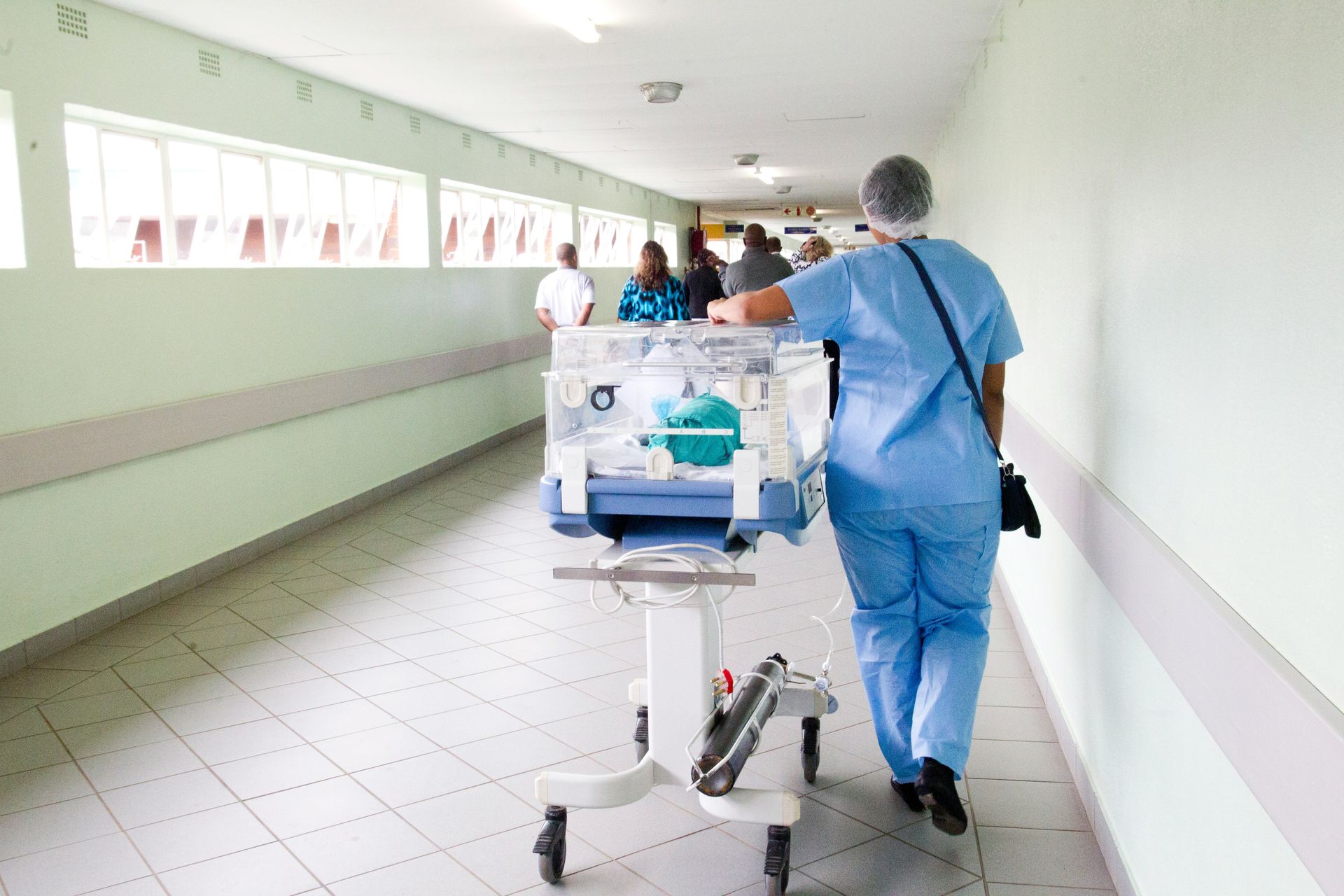Skip to Content
Disaster Preparedness and Business Continuity

- Hazard Vulnerability Analysis
- Conduct thorough risk assessments to identify potential hazards and vulnerabilities specific to the healthcare facility.
- Analyze historical data and predict potential impacts of various disaster scenarios.
- Disaster Response Plan Development
- Develop a tailored disaster response plan that addresses identified risks and vulnerabilities.
- Include detailed protocols for evacuation, shelter-in-place, communication, resource allocation, and patient care continuity.
- Ensure compliance with local, national, and international disaster preparedness standards.
- Emergency Communication Systems
- Design and implement robust emergency communication systems to ensure timely and accurate information dissemination during disasters.
- Integrate multiple communication channels, including public address systems, P.T.T. phones etc.
- Training and Drills
- Conduct regular training sessions and workshops for staff on disaster response protocols.
- Organize simulation exercises and drills to test the effectiveness of the disaster response plan and improve readiness.
- Coordination with External Agencies
- Establish and maintain coordination with local emergency services, government agencies, and other relevant organizations.
- Resource Management
- Plan for the procurement, storage, and distribution of essential resources such as medical supplies, food, water, and equipment.
- Develop strategies for resource optimization and rationing during prolonged disaster scenarios.
- Post-Disaster Recovery Planning
- Develop protocols for damage assessment, recovery, and resumption of normal operations post-disaster.
- Continuous Improvement
- Regularly review and update the disaster response plan based on feedback from drills, actual events, and changes in risk profiles.
- Implement a continuous improvement framework to ensure the plan evolves with emerging threats and best practices.
